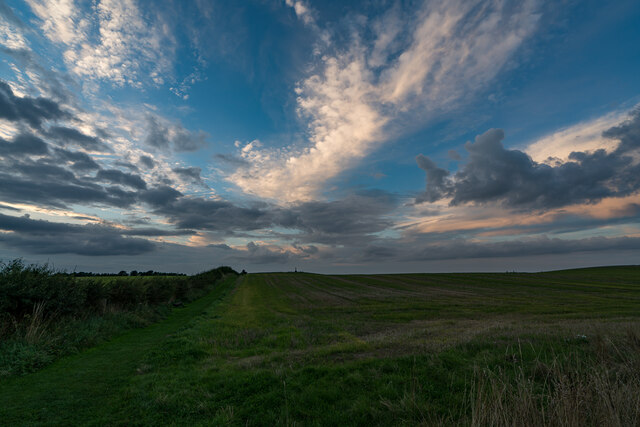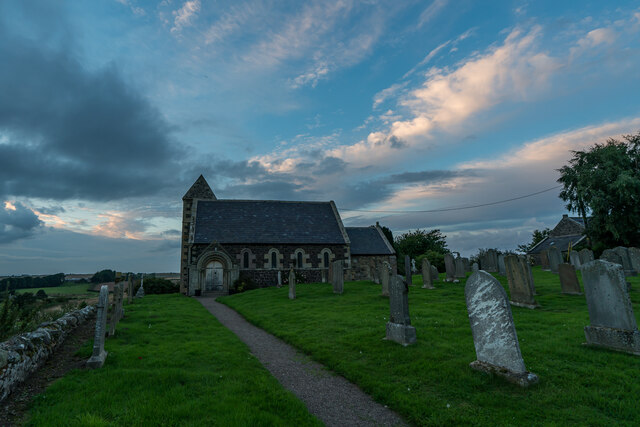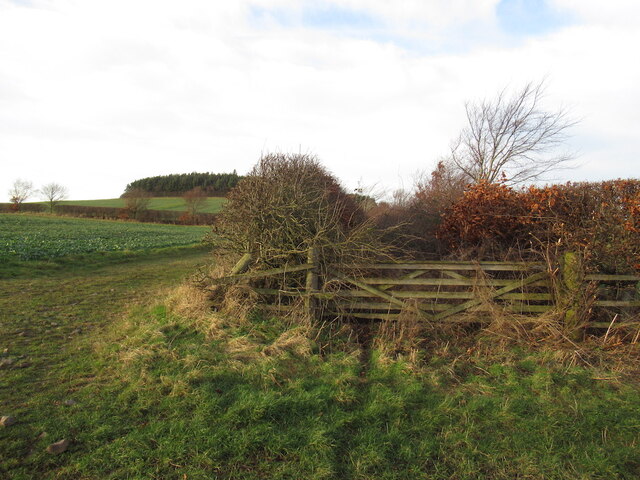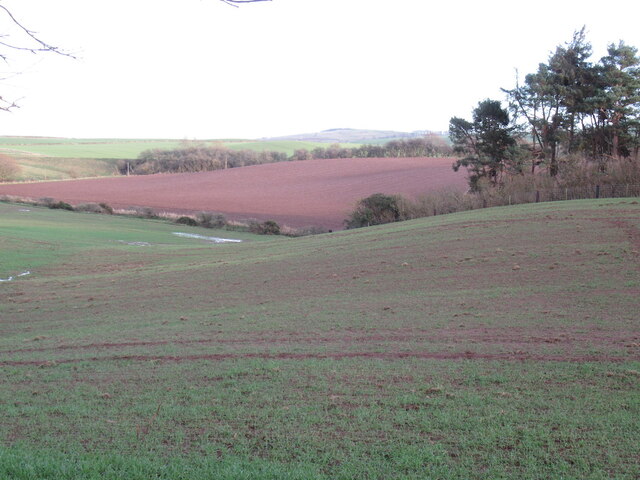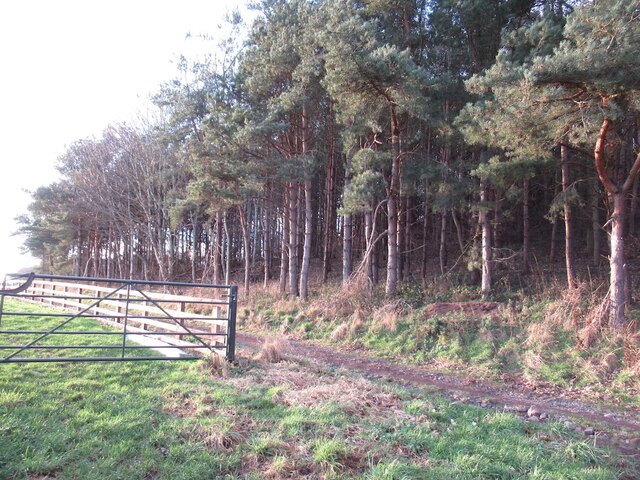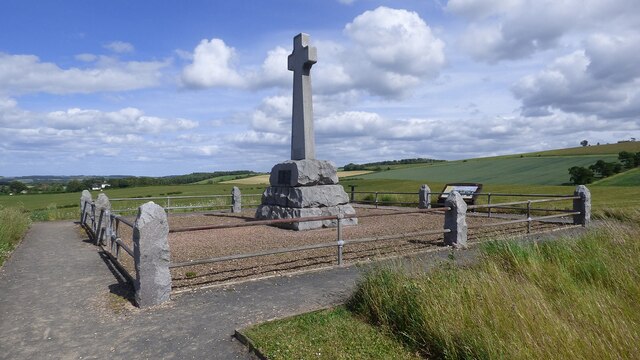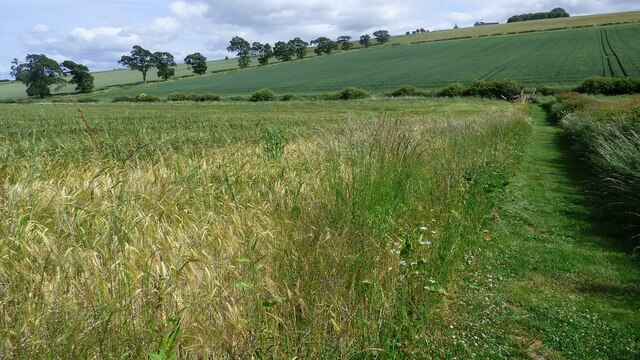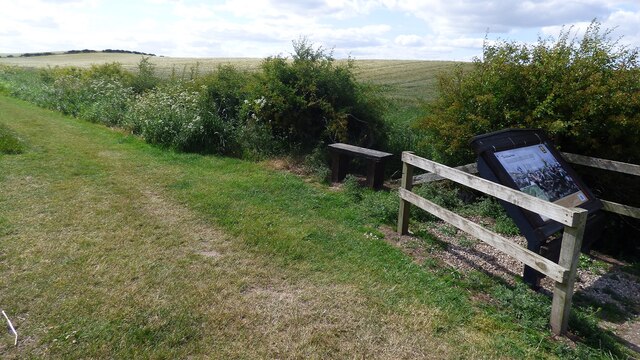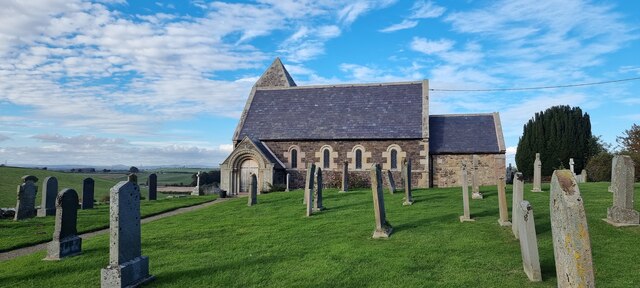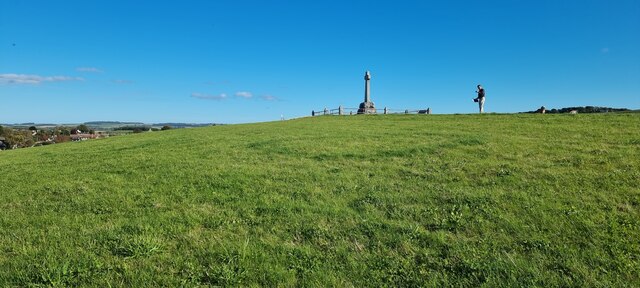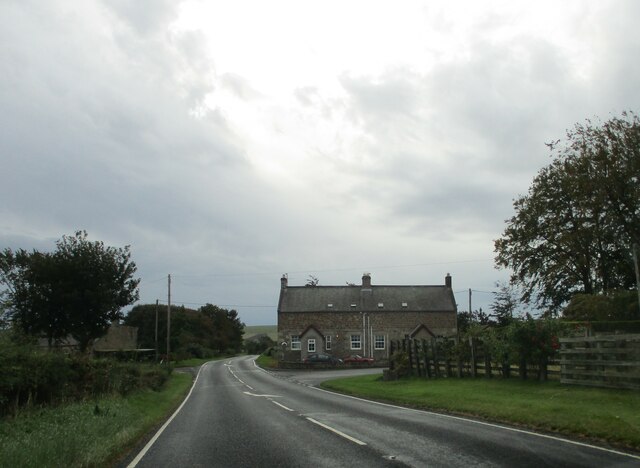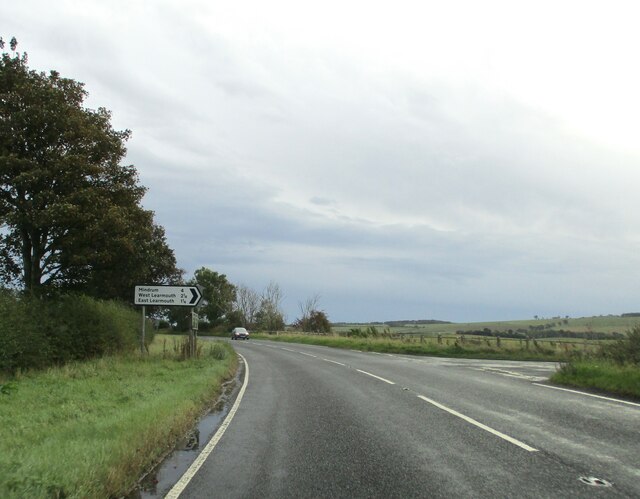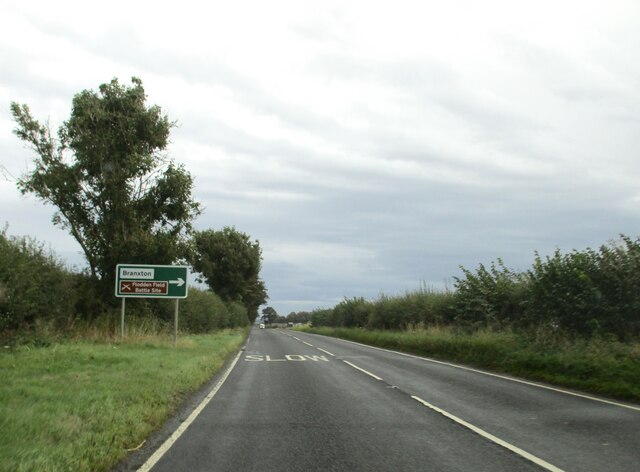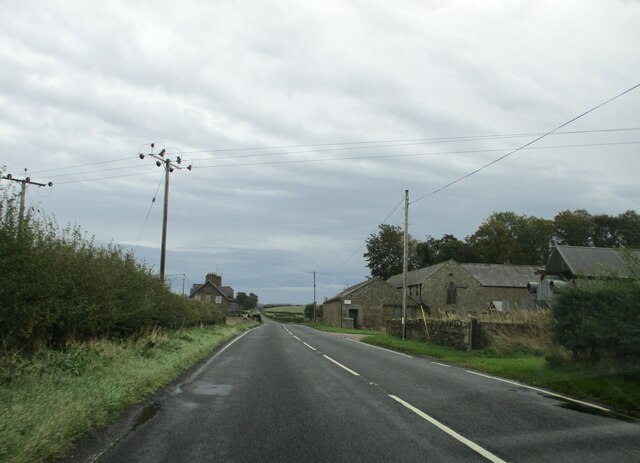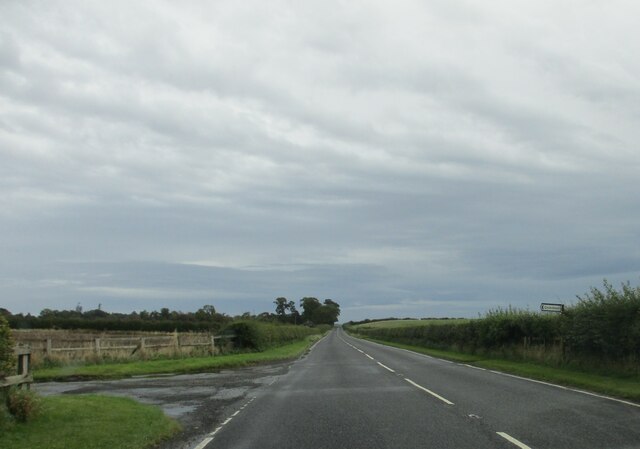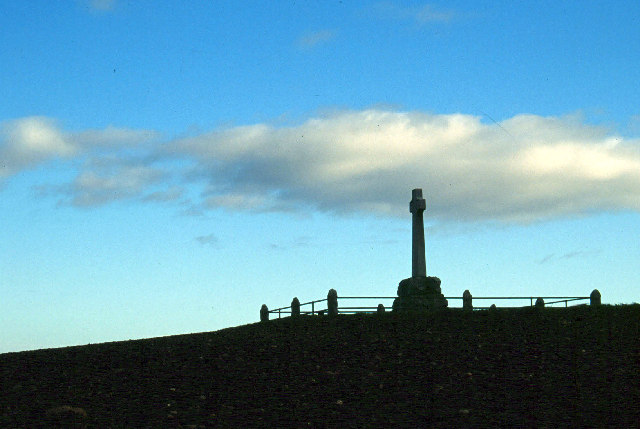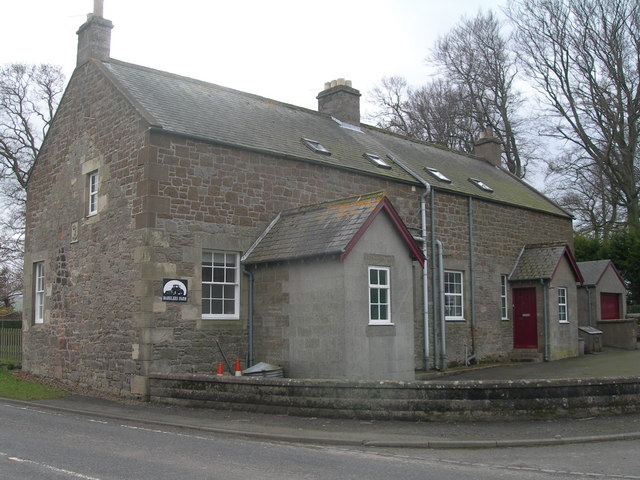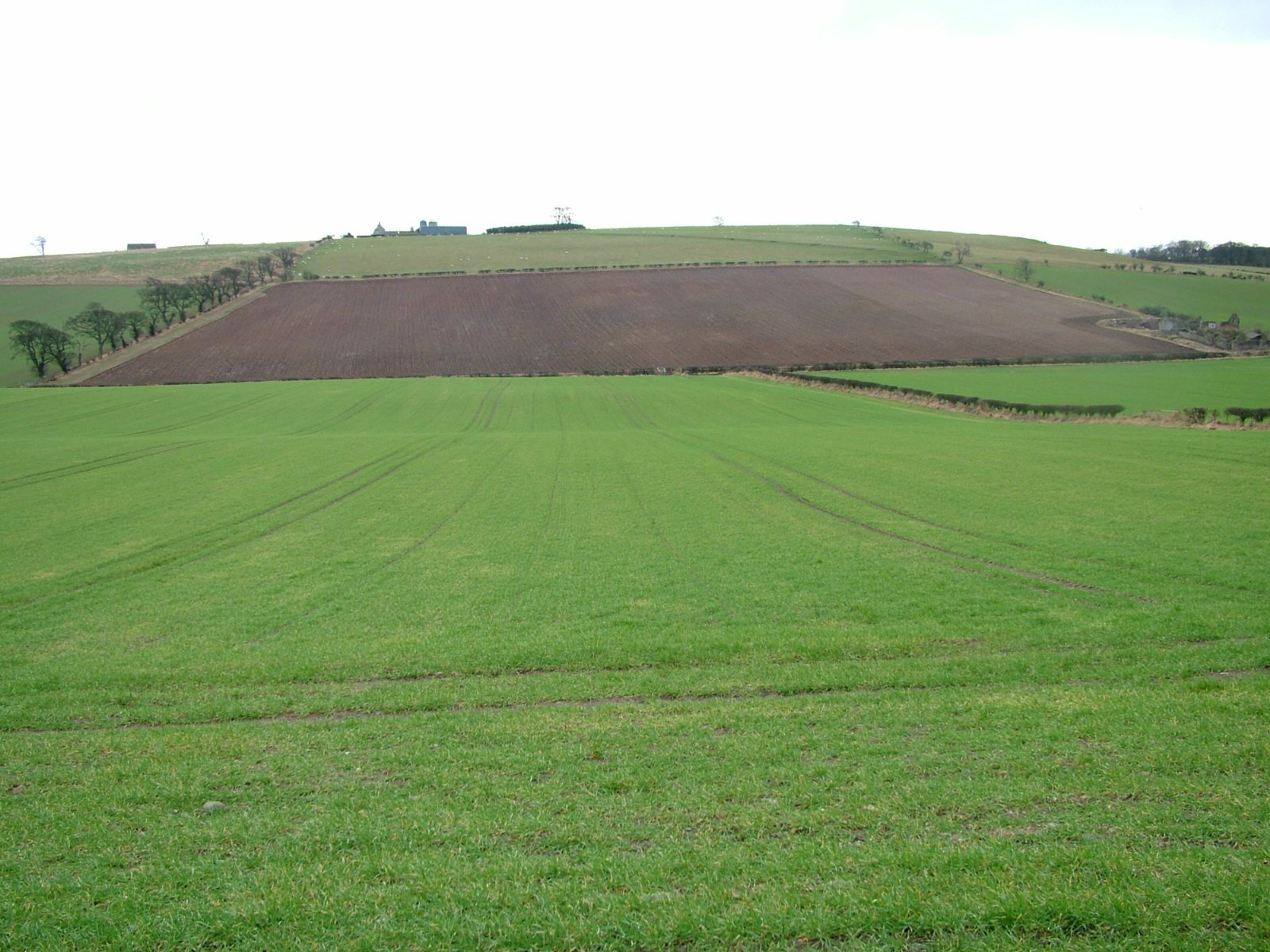Marl Bog
Coastal Marsh, Saltings in Northumberland
England
Marl Bog

Marl Bog, located in Northumberland, is a coastal marsh and saltings area that spans over a significant stretch of land. This unique natural landscape is situated along the eastern coast of England, close to the North Sea. Marl Bog is characterized by its diverse ecosystem, which supports a wide variety of plant and animal species.
The main feature of Marl Bog is its rich and fertile soil, known as marl, which is a mixture of clay and calcium carbonate. This type of soil provides ideal conditions for the growth of a range of plants, including reeds, rushes, and sedges. These plants form dense vegetation that creates a habitat for various bird species, such as reed warblers, bitterns, and marsh harriers.
The marshland is also home to several rare and protected species, including the natterjack toad and the marsh fritillary butterfly. These creatures thrive in the damp and marshy environment, which offers them ample food sources and suitable breeding conditions.
In addition to its ecological importance, Marl Bog serves as a crucial coastal defense mechanism against erosion and flooding. The dense vegetation acts as a natural barrier, absorbing the impact of waves and reducing the risk of erosion along the coast.
Marl Bog is a popular destination for nature enthusiasts and birdwatchers due to its diverse wildlife and picturesque scenery. Visitors can explore the area through designated walking trails, observing the unique flora and fauna that thrive in this coastal marshland.
If you have any feedback on the listing, please let us know in the comments section below.
Marl Bog Images
Images are sourced within 2km of 55.628565/-2.1966813 or Grid Reference NT8737. Thanks to Geograph Open Source API. All images are credited.

Marl Bog is located at Grid Ref: NT8737 (Lat: 55.628565, Lng: -2.1966813)
Unitary Authority: Northumberland
Police Authority: Northumbria
What 3 Words
///seated.enjoys.dramatic. Near Coldstream, Scottish Borders
Nearby Locations
Related Wikis
Barelees Pond
Barelees Pond is the name given to a Site of Special Scientific Interest (SSSI) in north Northumberland, England. The site is a kettle hole, a deep pond...
Bareless
Bareless is a village in Northumberland, England. == Governance == Bareless is in the parliamentary constituency of Berwick-upon-Tweed. == References ==
Battle of Flodden
The Battle of Flodden, Flodden Field, or occasionally Branxton or Brainston Moor was a battle that was fought on 9 September 1513 during the War of the...
Campfield Kettle Hole
Campfield Kettle Hole is the name given to a Site of Special Scientific Interest (SSSI) in north Northumberland, England. The site is thought to be the...
Branxton, Northumberland
Branxton is a village and civil parish in northern Northumberland, England. It lies about 3 miles (5 km) from the England-Scotland border and about 4 miles...
Cornhill-on-Tweed
Cornhill-on-Tweed is a small village and civil parish in Northumberland, England about 1 mile (1.6 km) to the east of Coldstream, Scotland. The hamlets...
Coldstream railway station
Coldstream railway station served the town of Coldstream in Berwickshire, Scotland although the station was across the River Tweed in Northumberland, England...
Pallinsburn House
Pallinsburn House is an 18th-century country house situated at Ford, Northumberland. It is a Grade II* listed building. The house was built about 1763...
Nearby Amenities
Located within 500m of 55.628565,-2.1966813Have you been to Marl Bog?
Leave your review of Marl Bog below (or comments, questions and feedback).
